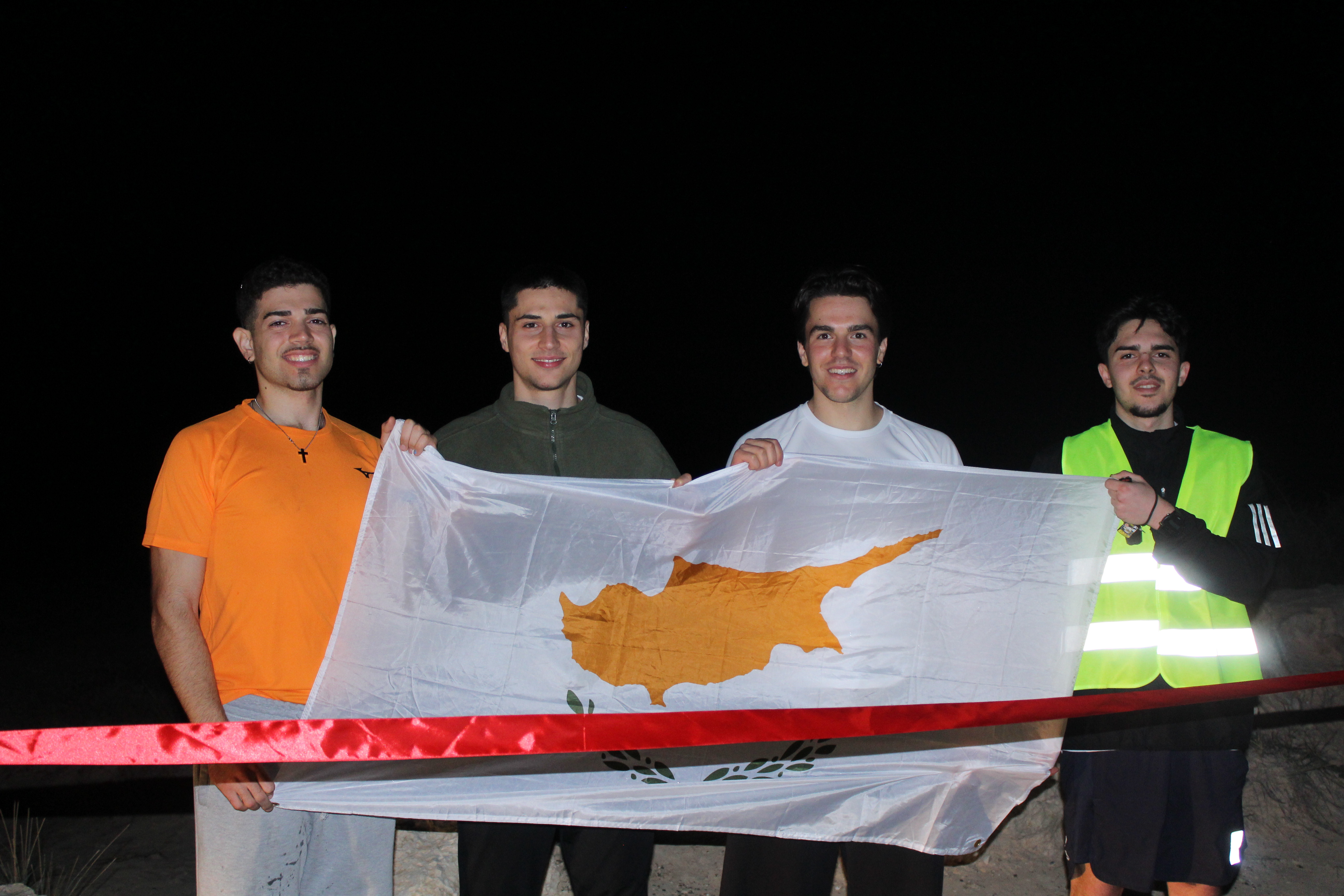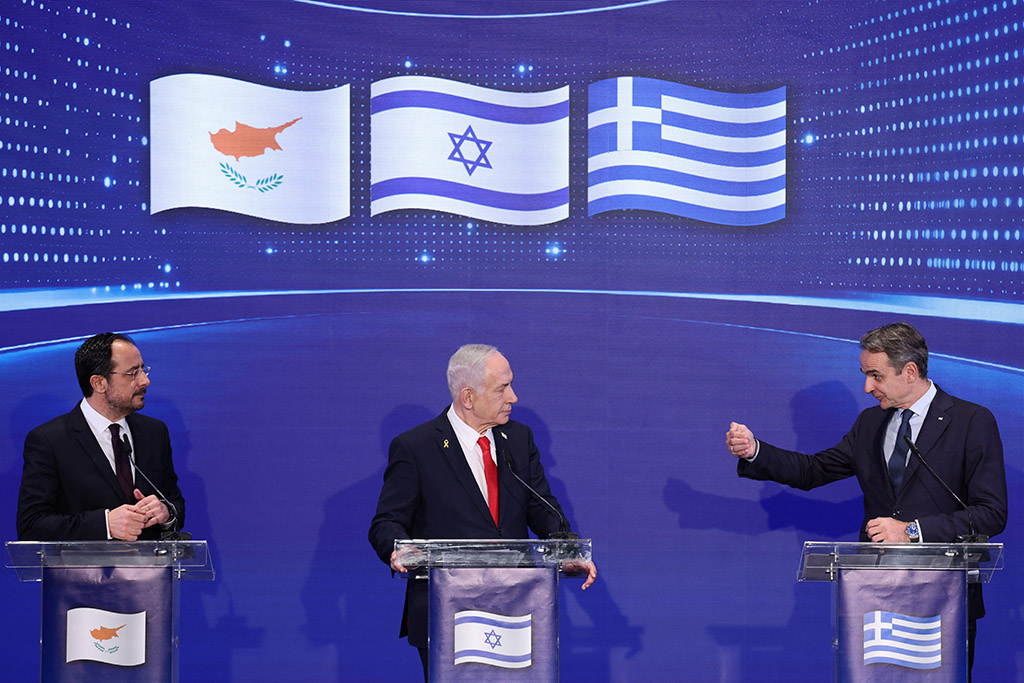Turkish Cypriot leader Ersin Tatar on Friday said he has been working for four and a half years to open a new crossing point in Nicosia’s eastern suburb of Mia Milia.
Speaking to Turkish Cypriot news agency Tak, he said the opening of such a crossing point would ease traffic congestion in and around Ayios Dhometios, where Nicosia’s only existing vehicle crossing point is located.
He said he had “expressed sensitivity” regarding crossing points in recent months, and that he had “brought the issue up again” during March’s enlarged meeting on the Cyprus problem in Geneva, but that since then, President Nikos Christodoulides “has not displayed a constructive stance”.
United Nations Secretary-General Antonio Guterres had announced at the conclusion of March’s meeting that a total of four new crossing points would open between Cyprus’ two sides, but with the next enlarged meeting set to begin on Wednesday, no new crossing points have yet opened.
Tatar stressed that the Turkish Cypriot side has “always been constructive” on the matter of crossing points, and added, “most of the nine existing crossing points serve the Greek Cypriot side”.
“The Limnitis and Astromeritis crossing points almost exclusively serve the Greek Cypriot side, with Turkish Cypriots accounting for less than ten per cent of the traffic there. However, 65 per cent of all vehicle crossings take place through Ayios Dhometios, and this causes significant congestion,” he said.
The Limnitis crossing point is located west of Lefka, while the Astromeritis crossing point is located south of Morphou.
On this matter, he pointed out that the Turkish Cypriot side widened the road on the northern side of the Ayios Dhometios crossing point, but that “the Greek Cypriot side has not implemented such a step”.
In addition, he called on the Republic to “increase the number of personnel” working at the Ayios Dhometios crossing point at any given time.
“The Greek Cypriot side is unwilling to address this issue. Eight million crossings were carried out in 2024, approximately four million of which were carried out by Turkish Cypriots and four million by Greek Cypriots. The Greek Cypriot community is thus also disturbed by the congestion,” he said.
For this reason, he said, if crossing points are opened in Mia Milia and in the village of Louroujina, which is located between Nicosia and Larnaca, “traffic at the Ayios Dhometios crossing point will be greatly relieved”.
He added that with the opening of a crossing point in Mia Milia, “trade within the scope of the Green Line regulation will also increase”.
Tatar has long charged that the Greek Cypriot side aims to open “transit roads” connecting the Republic with other parts of the Republic, rather than crossing points designed to facilitate passage between the island’s two sides.
Previously, a crossing point connecting Athienou with the Nicosia suburb of Aglandjia via the north, and a road through the Turkish Cypriot exclave of Kokkina, in the island’s northwest, had been put forward.
In May, Tatar had also poured cold water on the idea of opening a new crossing point in central Nicosia following a meeting with President Nikos Christodoulides.
“There is no serious congestion on Ledra Street. Every crossing point has security, personnel, and infrastructure costs. At the moment, opening a new pedestrian crossing point near Ledra Street is not a need. The most important need is to ease vehicular crossings,” he told Tak at the time.
Away from the matter of crossing points, he said he attaches “great importance” to next week’s enlarged meeting in New York, and added, “we view all meetings as a means of cooperation between the two states”.
He also touched on the matter of the planned solar farm which was to be built in the buffer zone, but which ground to a halt over disagreements over how the Turkish Cypriot share of the energy produced would be routed to the north.
“The Greek Cypriot side’s demand that all energy produced be transferred to southern Cyprus, and then a share transferred to the TRNC, is unacceptable … What should happen is that each side receives its share from the buffer zone, but the Greek Cypriot side sees itself as the owners of the Republic of Cyprus and the Turkish Cypriots as a mere community, and this is the real source of the conflict,” he said.
He then spoke on the matter of the arrests made by the Republic of Cyprus of people accused of selling Greek Cypriot-owned property in the north, describing them as “defiance” and “unarmed attacks”.
“These attacks have no basis or justification, and the Greek Cypriots must abandon this stance. The Immovable Property Commission has jurisdiction, in accordance with the European Court of Human Rights (ECtHR), and it is unacceptable for the Greek Cypriot side to detain bona fide investors and TRNC citizens despite having no jurisdiction in the TRNC,” he said.







Click here to change your cookie preferences